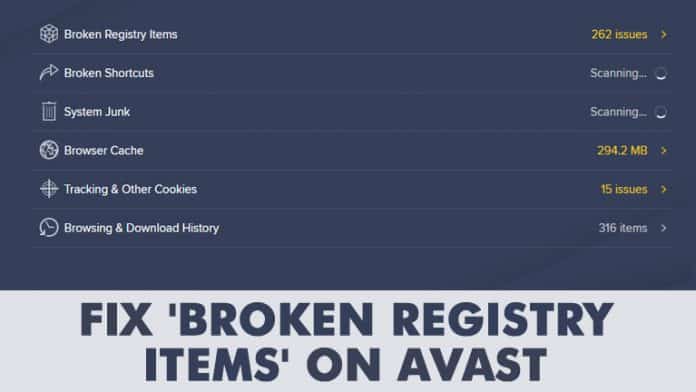
The software will put your PC’s registry back in shape, removing and replacing corrupt and missing files. You can also utilize a third-party registry scanner (also called registry optimizers or registry cleaners) to fix broken registry items on your Windows computer. The Automatic (Startup) Repair tool will scan your computer and fix any broken registry file it finds. To access this tool, type disk cleanup in the Windows Search box and click Disk Cleanup in the results.

The Disk Cleanup tool that lets you remove unnecessary files from your computer, this includes broken registry items. This guide on backing up and restoring the Windows Registry has everything you need to know. Creating a backup serves as your insurance should anything go wrong. Damaging any registry file may corrupt the Windows OS and cause your computer to malfunction. Therefore, it’s important to make a backup of the registry before you attempt to make changes to the registry or fix broken registry items. Note: The Windows Registry is a database of sensitive files and settings. Proceed to the next section to learn how to use these tools to fix broken registry items on a Windows PC. Windows has a number of built-in tools that can help diagnose issues with registry files. The point is: You stand to benefit more from removing or fixing broken registry files than leaving them to bloat the registry. Doing so will positively impact your PC’s performance, particularly if your computer is running slowly or if some system apps are not working correctly. If the sfc /scannow command doesn’t show any integrity violations on your PC, then it’safe to ignore the broken registry items warning in Avast antivirus or any registry cleaner software that you might be using.You should occasionally confirm that your Windows computer is devoid of broken items in the registry.

Once the verification is complete, you’ll know if there are any real integrity violations on your PC.Don’t put your PC to sleep or restart in the meanwhile. └ Note: System scan might take some time.


Type the System File Checker command into the command window and hit Enter.Open Start menu, type CMD, then click Run as administrator on the right panel.And thus, running a System File Checker command wouldn’t hurt to ensure the system’s integrity. More importantly, you don’t need to pay for a service that offers you to fix broken registry items, which are essentially only unused registry items.īut of course, we don’t want to rule out the possibility of any real issues in the registry items. Antivirus programs like Avast often show broken registry items as a high factor concern for system’s stability, but in truth broken registry items are only datasets of registry values which were once used by a program on your PC that is no longer available.īroken registry items does no harm. Are you worried about the broken registry items on your Windows 10 PC? Well, don’t be.


 0 kommentar(er)
0 kommentar(er)
